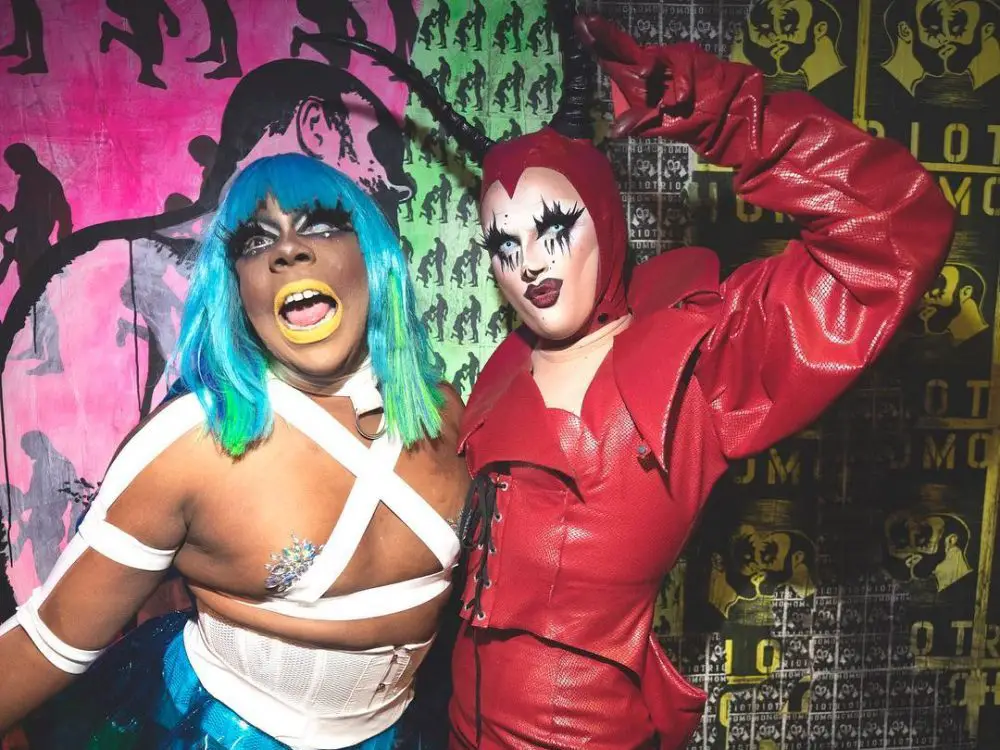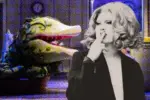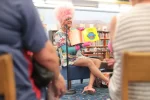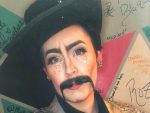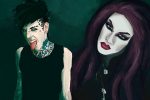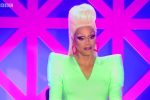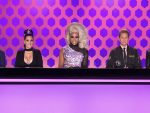Donning long dark claws, pale white faces and pupil-less eyes, the Boulet Brothers have arrived (in style) for a whole new season of frights. “Dragula” began the show’s wickedly good third season last month, and the program has only gotten better with each season, possibly even better than their mainstream rival, “RuPaul’s Drag Race.” Stick some fake fangs on your teeth, because we’re about to sink into the filthy and fierce world of “Dragula.”
The Boulet Brothers, the haunting hosts of “Dragula,” have established three facets of what should make up drag’s next super-monster: filth, horror and glamour. As long as a contestant represents any of these three categories, they are allowed to compete on the show.
Right off the bat with Season 1 of “Dragula,” the doors were open to bearded and hairy drag queens, beauty pageant queens and queens who don’t fit the typical “Drag Race” standard of beauty. RuPaul is notorious for being very picky with who she selects for her show, but the Boulets have made it clear that horror is no home for judgment.
The currently-airing season of “Dragula” is the first drag competition to showcase not just drag queens, but drag artists as a whole. The third season features Landon Cider, a prominent drag king, and Hollow Eve, a “post-binary drag socialist” who uses they/them pronouns. With two contestants on the show assigned female at birth, that’s already twice as many as “Drag Race” has ever had.
“Dragula,” from the beginning, has sought out to be a progressive drag competition. Dubbing itself “an alternative drag reality competition,” the show calls forth monsters from all walks of the afterlife to compete.
The competition consists of runway challenges where contestants must make their own outfits based on a specific theme. Such runway themes have been for contestants to design and model their own cynobite character from “Hellraiser” and to make their own gothic bride look.
The pinnacle challenge of each season, reserved only for the top three contestants, is the “Dragula” ball. Each contestant must present three looks demonstrating filth, horror and glamour as their drag persona would interpret.
The only way to reach the end of the competition and be crowned the next drag super-monster is to survive.
Unlike “Drag Race,” where contestants up for elimination must lip sync for their lives, “Dragula” contestants face an extermination challenge. In these challenges, the drag performers are tasked with passing a “Fear Factor” type challenge, such as staying perfectly still in a sealed coffin or getting pierced with needles of varying sizes.
The stakes are as high as they are sharp in “Dragula,” and only the toughest come out on top. Each week the competition narrows down until a drag super-monster is brought to life.
Why is “Dragula” important? Isn’t one drag-related television show important enough? The answer is “Hell no, Mary!”
Drag is not just for cisgender, white, gay men or queens who are stereotypically “beautiful” and can pass as women. Drag is an art form beginning with the transformation of the self into a character. Whatever creature that character is on the other side of the makeup brush is up to each drag artist, and that creature may not be pretty.
Many drag performers use their art as a way of coping — such as Evah Destruction on the current season, who used drag to change her life around after being put in a center for troublesome youth.
Drag is a way for artists of any creed to tell their story, but historically has been an outlet for queer individuals to showcase their art. The rainbow of the LGBTQ+ is not only a G as “Drag Race” makes it seem to a mainstream audience.
“Dragula” seeks to showcase all letters of the LGBTQ+, as well as all types of drag. As much as “Dragula” leans on a horrific and filthy front, glamour is still one of the main components of being a super-monster. There have been contestants on the show who would fare just as well on “Drag Race,” but feel “Dragula” is a competition more suited to their artistic needs.
While “Drag Race” is always a fun watch and gives the world a little peak into the world of queer artists, “Dragula” is a full-on dive into queer history, culture and alternative forms of drag. Valentina might have been told to take her mask off, but “Dragula” casted two fully masked performers within two seasons of each other. The shows are that different.
What’s great about “Dragula” is exactly what viewers fell in love with “Drag Race” for: the art and the love. Sure, the drama is fun, but with a room full of big drag personalities comes hearts just as big. The amount of care the performers have for each other is remarkable and makes the world feel like we’re getting closer to a better, gayer “Star Trek” future.
The competition is high this season of “Dragula” as all the competitors are incredibly fierce and diverse in their talents. From “America’s Got Talent” alumni to trained burlesque dancers and actors, the winner for this season isn’t so clear.
This lack of a clear frontrunner as well as a focus on the stories of all contestants makes “Dragula” feel whole. Each contestant has the potential to win it all, and viewers can feel that. The energy in the boudoir is high and tense as each competitor makes their own costumes or bickers with each other.
With each season, “Dragula” grows into a more and more powerful monster. With this third season halfway done, who’s to say who will take home the bloody crown and title of the next drag super-monster.
Keep your third eye peeled open for new episodes to come every Tuesday on Amazon Prime.


